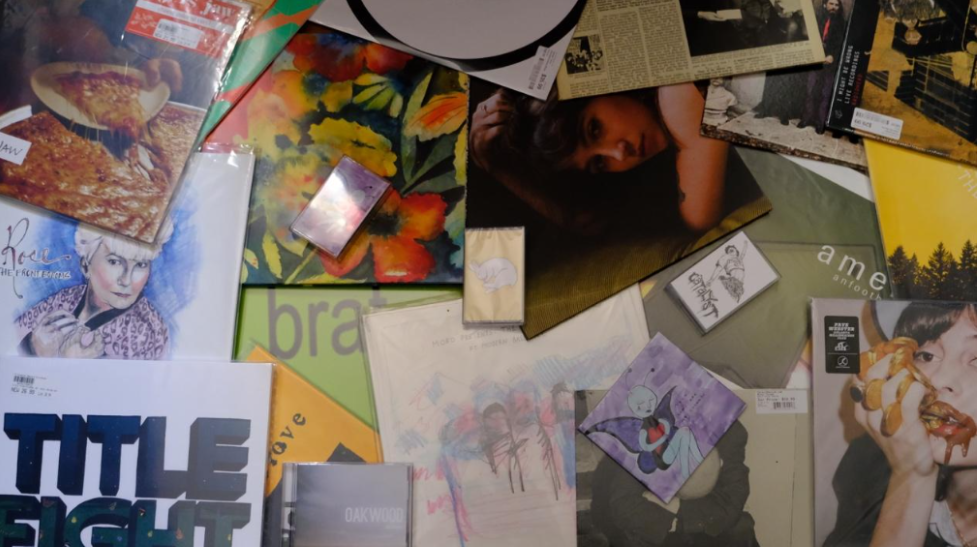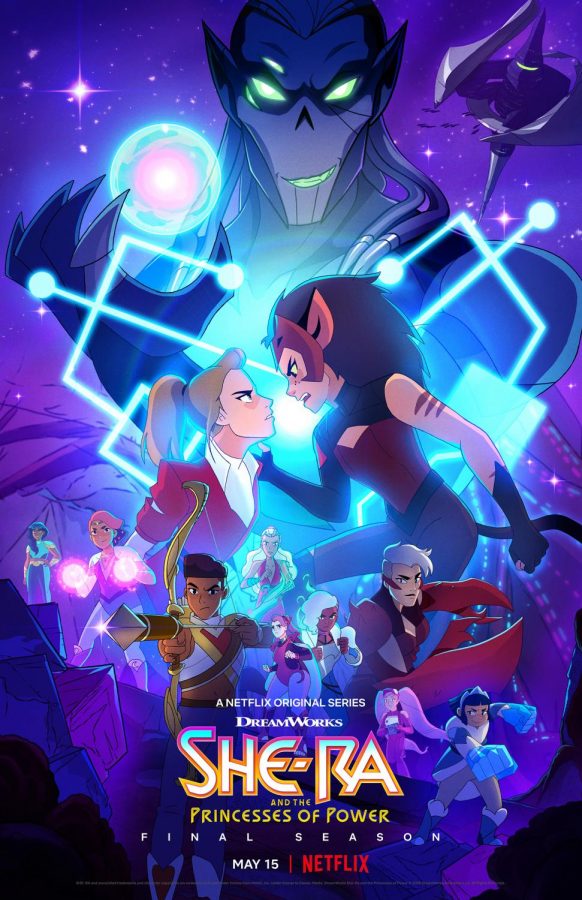Many students at Mendham High School may be able to remember putting a DVD into the player for family movie night when they were young, and they might even do the same nowadays. This widely shared experience is one that is becoming far scarcer as the years advance. Televisions can now be pre-loaded with more movies than even the most avid collector could hold, as services like on-demand and streaming platforms take over.
This doesn’t just go for movies but expands to almost all kinds of media, predominantly music and video games. All three mediums have shifted largely to digital launchers or subscription services, meaning that media is accessed online through third-party services like Spotify, Amazon, or the Microsoft Store. No doubt this has led to a revolution in convenience for both consumer and producer but, the downsides are a bit more glaring than a first glance would have it seem. The increased prevalence of these services means that consumers are losing more and more ownership over their media. How?
According to the FTC, when purchasing digital media, companies sell a license to use that media but still retain full ownership rights. This is why movies bought digitally through Amazon must be watched through Amazon, or games on Steam need to be launched via Steam instead of allowing consumers to fully download the files. While this does mean easier management, it also allows those companies to cut consumer access at any time. Additionally, these companies control whether media can be purchased in the first place. A good example is the digital PC version of the video game Transformers: Fall of Cybertron, which has been taken off online retailers entirely. Essentially, companies can erase online media by taking away access, leaving the only means for consumers to reach their favorite media as piracy.
On the other hand, physical media like CDs, DVDs, Vinyl Records, Cassettes, where ownership rights are transferred through purchasing, guarantees lifetime ownership. Unlike a digital movie, which goes defunct if Amazon or Netflix shuts down or decides to pull it, a DVD will always work when in good condition. This is the main upside of physical media, truly owning the things you love instead of leaving them in the hands of corporations, but not nearly the only one.
Physical media provides a much higher level of quality when it comes to movies and music. This is because companies like Spotify must stream digital media to a device, and doing this efficiently and without buffering requires data loss. Physical media can display the same media without significant data loss, allowing for better sound and video quality.
Artists benefit even more from the purchase of Physical Media, as when their art is consumed through streaming services, they see significantly less of the money from it. Although Spotify does not pay out on a per-stream basis, according to Printify, on average, artists are paid an estimated $0.003 to $0.005 per stream. This is due to deals between labels, Spotify, and the artists themselves. Since Artists or their labels are the primary producers of the physical forms of their art, they take home much more of the revenue. Buying physical media is a more direct avenue of supporting your favorite creators.
It’s difficult to break out of the digital/streaming-centered culture that has been cultivated, but in doing so, a healthier way of consuming art can be created for both creators and audiences. Next time an album, movie, or any kind of art truly connects with you, consider looking at the physical versions of that media. Hold it in your hands and try to feel the work that has been put in by every person who has touched it before you. Art and culture, if not adamantly upkept and attended to, will be drained of feeling by those who wish to profit from it. By recognizing the role consumers play, the future of culture can remain in their hands.






